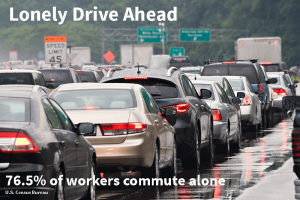 Observing Labor Day started with a parade. Back in 1882, some 10,000 workers got together in New York City for a parade. That got the ball rolling with many more states observing a holiday for working men. Congress got the message and passed legislation that President Grover Cleveland signed, making the first Monday in September Labor Day.
Observing Labor Day started with a parade. Back in 1882, some 10,000 workers got together in New York City for a parade. That got the ball rolling with many more states observing a holiday for working men. Congress got the message and passed legislation that President Grover Cleveland signed, making the first Monday in September Labor Day.
Though the labor movement of the late 19th century sparked the creation of this holiday, today union workers are in the minority. Only 14.8 million of the 158.5 million workers in the U.S. labor force were union members in May 2016.
Bringing Home (Less) Bacon
The pay gap remains real for full-time, year-round female workers. The median pay for them was lower by more than $10,000, according to the U.S. Census Bureau report, Income and Poverty in the United States: 2014.
- $50,383 Male
- $39,621 Female
Women make strides every day in technology and other industries, but disparities still exist. With 3.4 million more employed female workers age 16 and over working in service occupations, lower median pay seems expected.
- 2 million women
- 8 million men
No Holiday for Many of These Workers
While Labor Day is a holiday for most Americans, many store salespeople, fast food workers, waiters and waitresses won’t get the day off. They’re among the largest occupations as of May 2015 as well.
- 6 million retail salespeople
- 5 million cashiers
- 2 million food prep and serving workers, including fast food
- 9 million office clerks
- 7 million registered nurses
- 6 million customer service reps
- 5 million waiters and waitresses
Long Road Ahead By Your Lonesome
Early to rise, yet still, they have a long commute. The U.S. Census Bureau reports that 6.3 million commuters left for work between midnight and 4.59 a.m. in 2014, or 4.5 percent of all commuters. The most common start time was between 7 a.m. and 7:29 a.m. by 20.6 million commuters.
Most people spend a lonely time on their commute, with 76.5 percent of workers age 16 and over driving alone to work in 2015. Carpools were used by 9.2 percent and less than 1 percent biked to work.
Follow Izenda on social media for the latest on technology and business intelligence:
![]()
![]()
![]()

